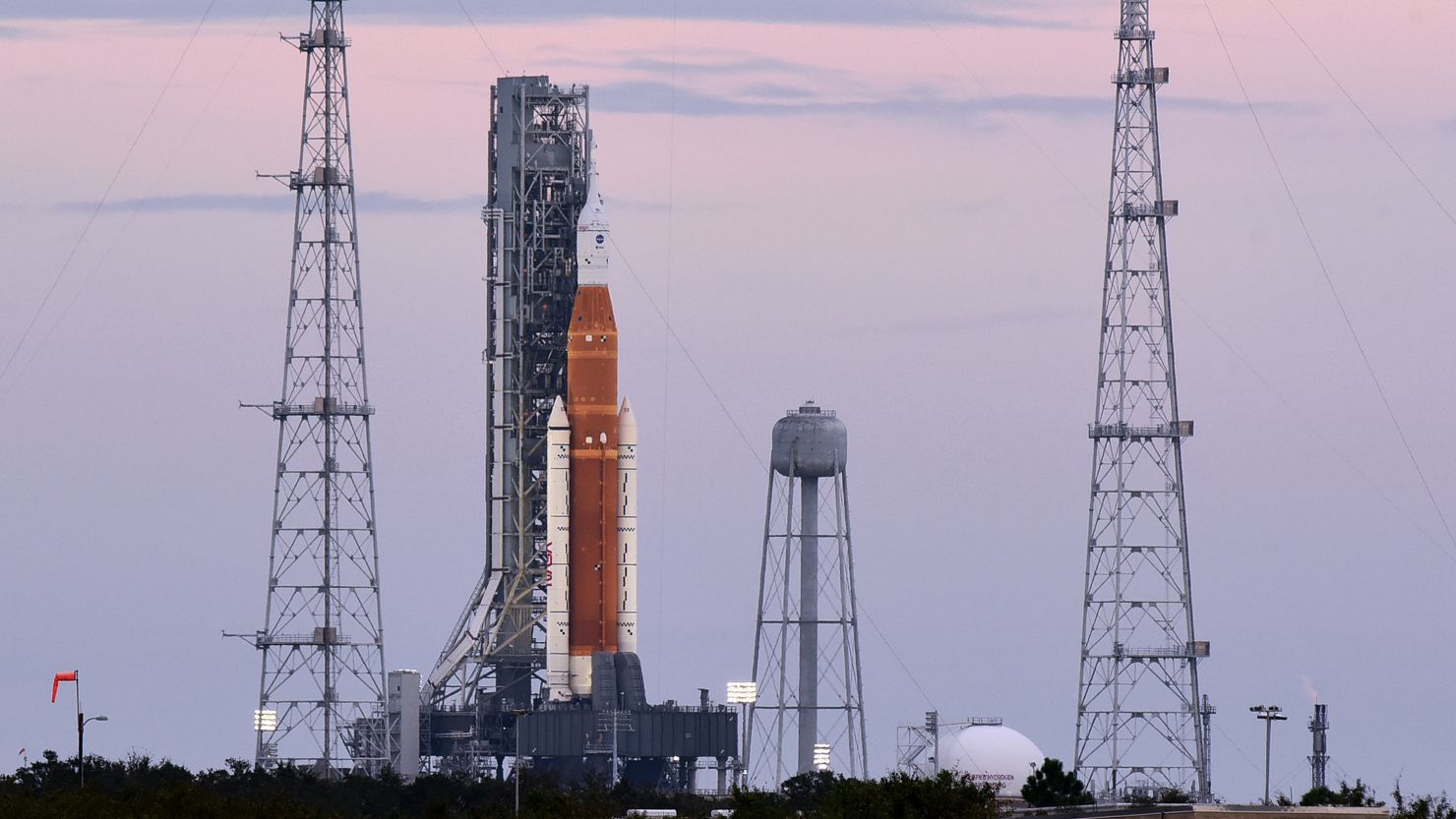NASA leadership is expected on Tuesday to announce a “months-long delay” to the first crewed mission of the agency’s flagship Artemis program, according to one current and one former NASA employee.
The delay affects NASA’s Artemis II mission, which aims to send four astronauts on a journey to fly by the moon and was slated to lift off this November.
But the mission is no longer expected to take place before 2025, according to the sources, confirming months of speculation that a delay was imminent.
NASA’s Inspector General hinted at potential delays for the mission in a November report, citing three main challenges the space agency must address before it can safely fly humans to the moon.
First, the ground structure used to build, transport and launch the program’s massive Space Launch System rocket — dubbed Mobile Launcher 1 — “sustained more damage than expected.”
The November report stated that repairs to the structure were ongoing.
Second, the heat shield on the Orion spacecraft — intended to be the astronauts’ home on Artemis II — “eroded in an unexpected way” during Artemis I as it was exposed to temperatures about half as hot as the surface of the sun upon reentry into Earth’s atmosphere.
Finally, the Inspector General noted what NASA officials believed to be “the primary critical path” for the Artemis II mission: preparing Orion for its first crew and integrating it with the European Service Module, which provides power and propulsion. The “critical path” in project planning refers to the aspect of the mission that’s expected to take the longest.
Artemis goals
The Artemis II mission was slated to build upon the successful completion of the Artemis I mission, an uncrewed test flight that sent NASA’s Orion capsule on a 1.4 million-mile voyage to lap the moon. That journey concluded in December 2022.
The Artemis II mission is set to be the first time humans will orbit the moon since the end of the Apollo program. The crew, announced in April, includes NASA’s Reid Wiseman, Victor Glover and Christina Koch, as well as Canadian Space Agency astronaut Jeremy Hansen.
The journey is expected to last about 10 days and will send the crew out beyond the moon, potentially farther into space than any human has ever traveled, though the exact distance is yet to be determined.
Artemis II is expected to pave the way for the Artemis III mission later this decade, which NASA has vowed will put a woman and person of color on the lunar surface for the first time. It will also mark the first time humans have touched down on the moon since the Apollo program ended in 1972.
NASA has been targeting a 2025 launch date for Artemis III, though the space agency’s inspector general has already said delays will likely push the mission to 2026 or later.






